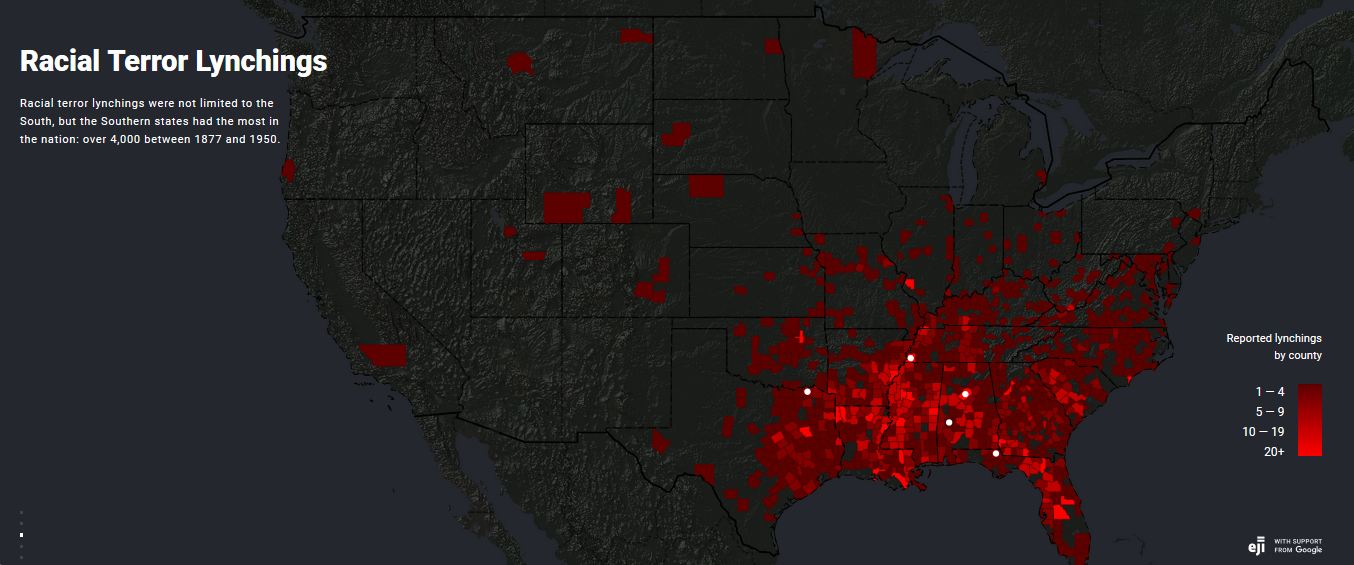Black Liberation Means Rejection of National Security (State) Citizenship

“The idea that oppressed groups earn inclusion through sacrifice on behalf of the state remains a potent one.”
By contrast, in linking black freedom to opposition to the country’s foreign policy orientation, the Movement for Black Lives’ statement repudiated the classic assumption that the goals of the security state and the goals of oppressed communities should be thought of as one and the same. Instead, it argued, oppressed communities have to articulate their own independent foreign policy grounded above all in the interests of other marginalized groups. As the document reads, “The Black radical tradition has always been rooted in igniting connection across the global south under the recognition that our liberation is intrinsically tied to the liberation of Black and Brown people around the world.” This independent orientation emphasizes solidarities abroad (between poor or colonized peoples) and, as a consequence, directly challenges the security state’s prerogatives. Suspicious of any harmonious “we the people,” freedom activists instead see a shared community emerging, not with fellow co-nationals, but with the oppressed everywhere.
...
“King’s growing belief was that the United States could only be redeemed if it was fundamentally transformed, both at home and abroad.”
King saw the war as emblematic of a general U.S. approach to foreign affairs that treated local, often non-white communities as means to the end of national ambitions and as instruments for the perpetual extension of global power. The logic that justified subverting anti-colonial independence movements in Southeast Asia was the very same logic that maintained structures of racial and class subordination at home. It is why he argued, much to the consternation of President Lyndon Johnson and black elites such as Whitney Young at the National Urban League, that one could not coherently promote black freedom while supporting the war. The two issues, he contended, were inextricably intertwined.
...
“Black freedom cannot be achieved without breaking from U.S. nationalism and articulating a global vision of racial justice.”
...
“Some representatives of the black middle class had long viewed the civil rights struggle in terms of elite social mobility.”
President Lyndon Johnson told a trusted advisor that “segregation” at home was “absolutely crazy” because “80 percent of the world is not white.” For both presidents, recasting domestic institutions as essentially just, in need of only small-scale reform, buttressed the legitimacy of the U.S. claim to hegemony and to international police power.
This narrative also allowed racial reform to go hand in hand with preserving U.S. domestic stability. Changes were depicted as achieving a set of ideals present since the founding of the republic and requiring no fundamental breaks with the economic and political status quo. It should be noted that this essentially preservative role was shared not just by white politicians but also by some representatives of the black middle class, who had long viewed the civil rights struggle in terms of elite social mobility and of liberal inclusion into arenas of corporate, professional, and political power.
“War support and participation—national security citizenship—had long been a means to justify black inclusion.”
...
“During World War II, African American leaders routinely tied the war against Nazism to the domestic struggle against white supremacy.”
...
“Frederick Douglass realized that whenever he invoked U.S. principles he was in part seeking to call into being a national ethos that may not actually exist.”
...
“The fact that U.S. society was founded on oppression meant that liberation would require more than inclusion in the existing social order.”
...
“Not only was the war in Vietnam unjust, but black support for Cold War imperatives as such were morally indefensible.”
...
“Civil rights protections have gone hand in hand with hyperincarceration of communities of color, extreme class inequalities, and the increasing return of an explicit and virulent white supremacy.”
By Aziz Rana